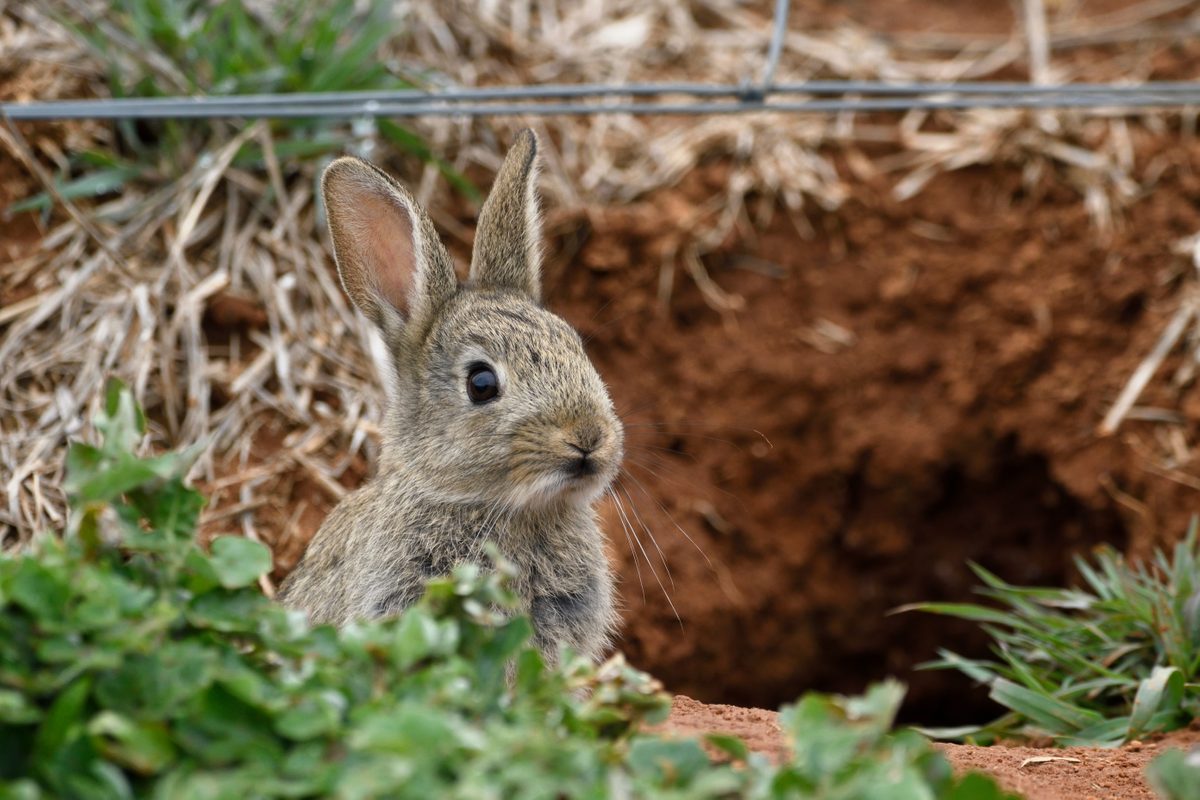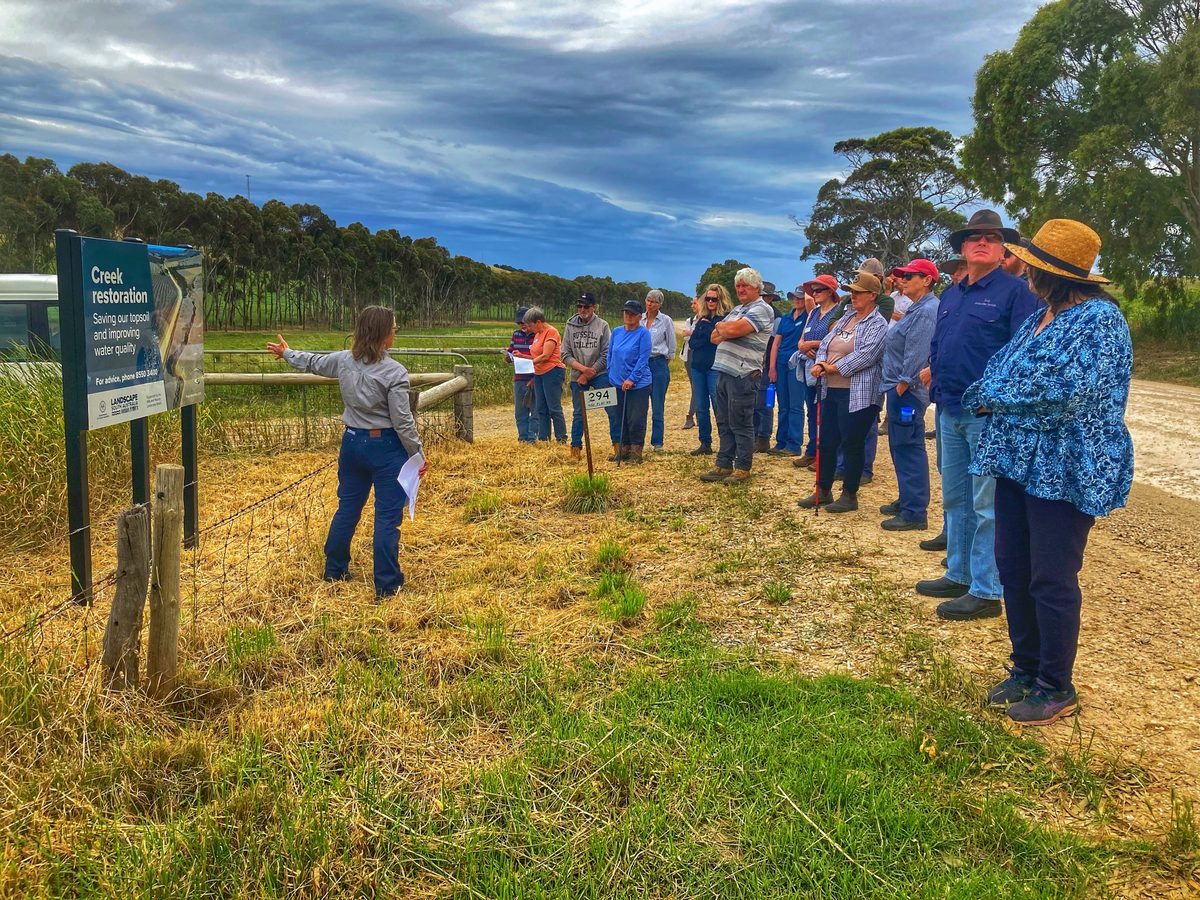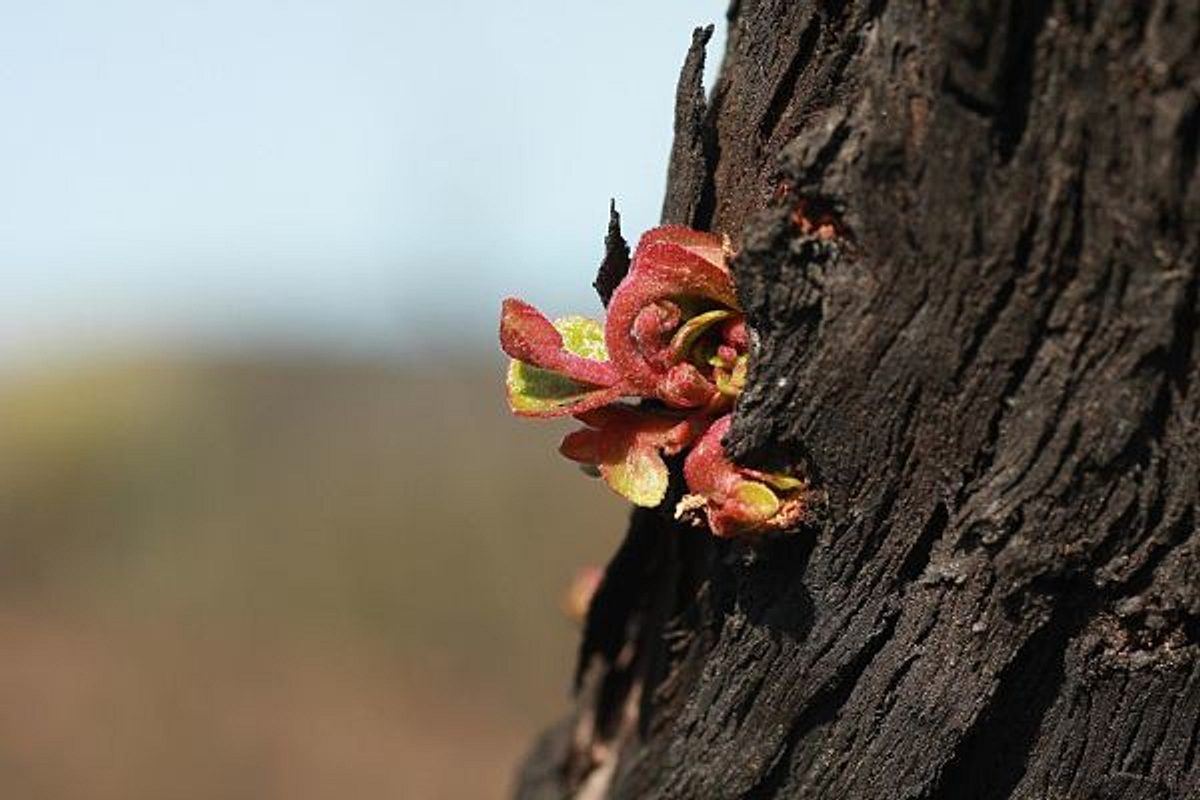Understand your responsibilities as a land manager
Key responsibilities under the Act
The Act focuses on three main areas of land management: soils, water resources, and pest plants and animals. Our common-sense approach aims to:
- Minimise risks of soil erosion and soil degradation
- Ensure equitable sharing of water for users and the environment and minimise impacts on watercourses and swamp
- Mitigate impacts from pests
1. Soils
Soil is a valuable resource that takes many thousands of years to form. Soil movement from over-grazed or tilled areas can significantly impact water quality and marine environments far from the source of the issue. Topsoil losses can have significant agricultural impacts.
As a landholder you are responsible for protecting your soil to prevent degradation and erosion. Most simply, this involves maintaining sufficient vegetation cover to protect soils and taking steps to prevent overgrazing.
2. Water resources
Water in the region is a precious community resource with great economic, environmental, social and cultural value. Please note: Water licensing is managed by the Department for Environment and Water.
No new dams and no enlargement of existing dams
Since the Water Allocation Plans for the Eastern and Western Mount Lofty Ranges were implemented in 2013, the construction of new dams and the enlargement of existing dams is not allowed. This includes any water storage structures such as wetlands, ponds or basins, that collect and retain surface water runoff.
Working in creeks, swamps and all other watercourses
Constructing a crossing or undertaking erosion management actions in a watercourse, or repairing a dam are some of the many activities that require an approved permit before works begin. The permit process ensures proposed activities use site appropriate design and construction methods to minimise environmental harm and improve long-term effectiveness. These types of permits can only be applied for from Landscapes Hills and Fleurieu.
3. Declared pest plants and animals
Pest plants and animals are declared under the Landscape South Australia Act 2019 because they are considered a threat to agriculture, the natural environment or public health and safety. This means that restrictions may apply on keeping, moving, selling or releasing them.
In some situations, there may also be a requirement to control declared plants and animals on your property. The Regional Pest Plant and Animal Strategy provides further direction regarding management of these pests. Refer to the Department of Primary Industries and Regions for a full list of declared species and their specific declarations.
Download the factsheet about your responsibilities under the Act here.




